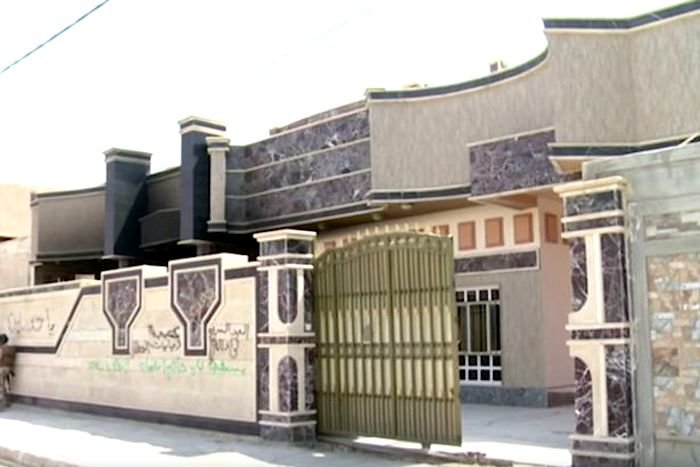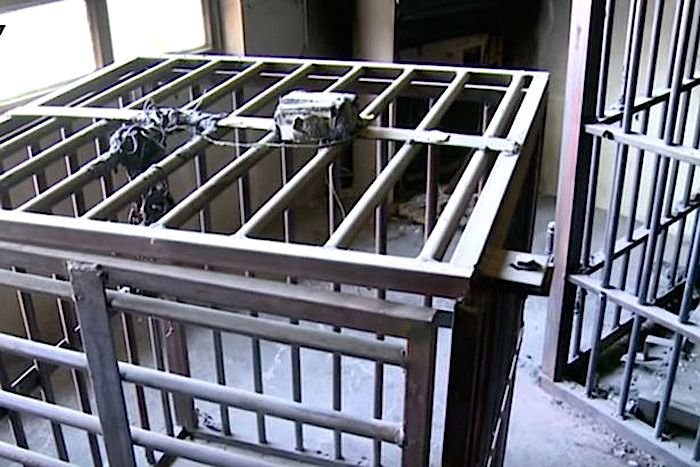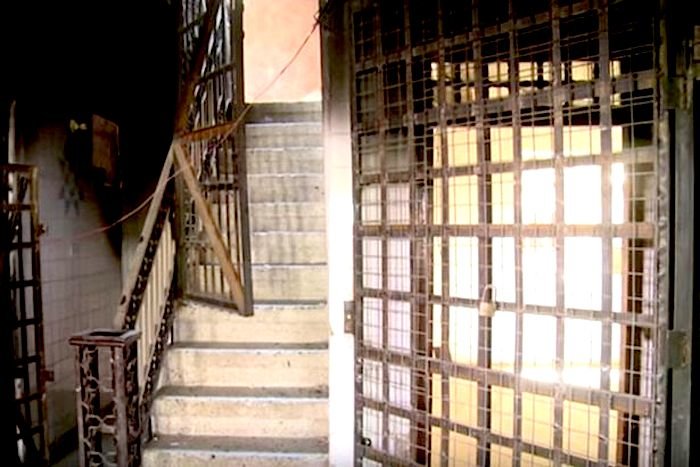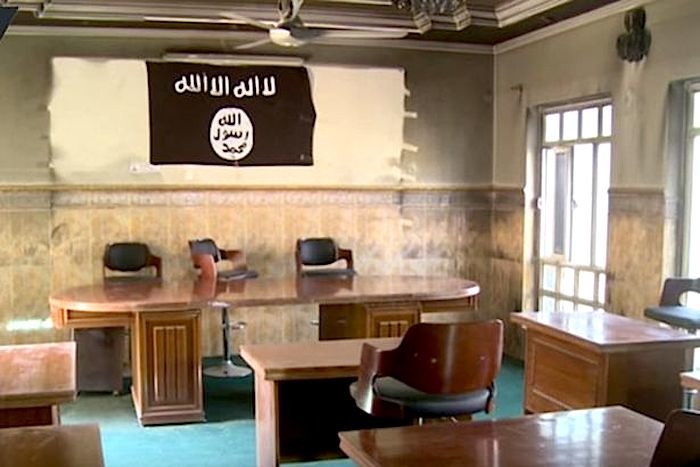OF THE
TIMES
Another student of the IPCC and Al Gore's school for those who don't do science too good. There is only true one way to deal with 'climate...
The fuckwits in power, for now, think they can save their economies by going to war with other nations. It took most of the world 20-30 years to...
Yet another ruse to secure funding for the pockets of share holders. Many of these share holders are zionists and warmongers who like the rich...
I get that this article is satire. But as I understand it (and the "picture of the day", which is the same, proves), this painting is real. I...
Gavrilo Princip who kicked off WWI by assassinating Archduke Franz Ferdinand turned out to be a jewish lobby stooge. What are the chances of...
To submit an article for publication, see our Submission Guidelines
Reader comments do not necessarily reflect the views of the volunteers, editors, and directors of SOTT.net or the Quantum Future Group.
Some icons on this site were created by: Afterglow, Aha-Soft, AntialiasFactory, artdesigner.lv, Artura, DailyOverview, Everaldo, GraphicsFuel, IconFactory, Iconka, IconShock, Icons-Land, i-love-icons, KDE-look.org, Klukeart, mugenb16, Map Icons Collection, PetshopBoxStudio, VisualPharm, wbeiruti, WebIconset
Powered by PikaJS 🐁 and In·Site
Original content © 2002-2024 by Sott.net/Signs of the Times. See: FAIR USE NOTICE




Comment: The footage shows the inside of an ISIS courthouse where some of the world's most brutal sentences were handed out to terrified prisoners.